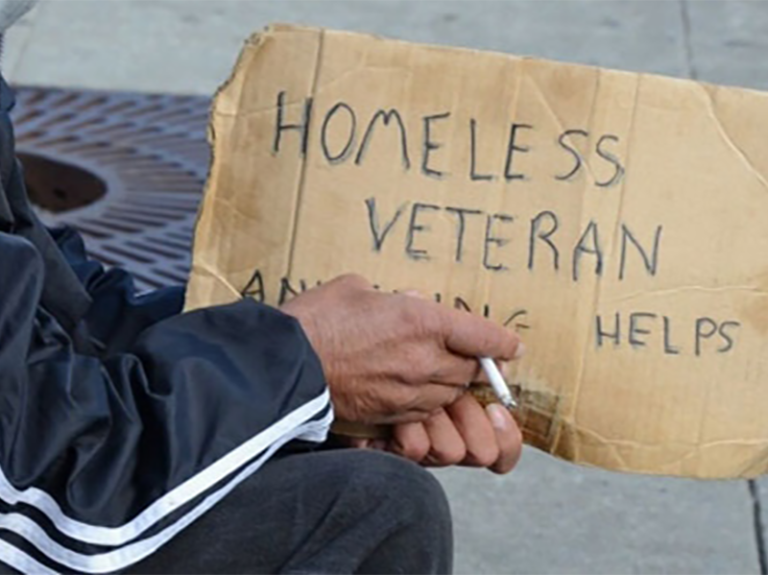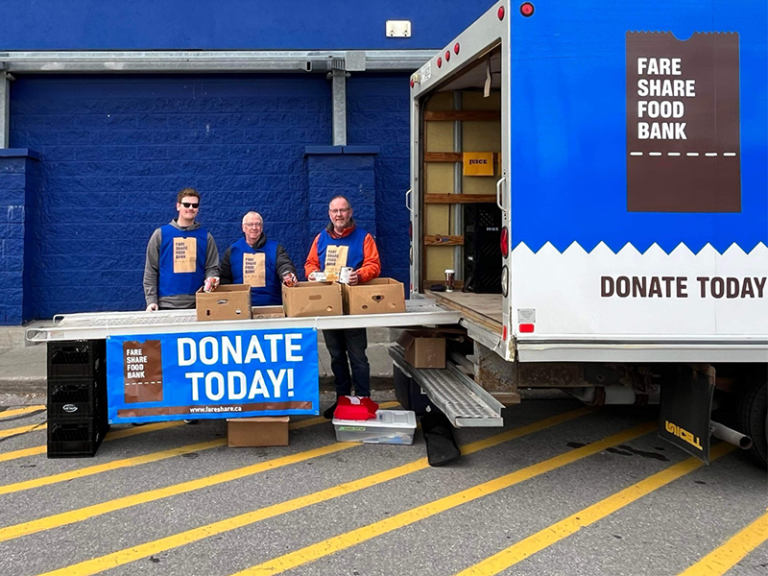Journalists often must make decisions about what gets into a story. At times, some good materials are left in notepads or fall on the cutting room floor. Based on a series of excellent interviews, here is a number of pieces using all the pieces that got left out. – Robert Washburn
Interview with Eric Lawlor, OMAFRA rep.
The regional economic branch of the Ontario Ministry of Agriculture and Rural Affairs has come up with a downtown revitalization template based on the American Mainstreet program and a similar on in Quebec.
This is the program both Cobourg and Port Hope are looking at using over the next three years to stimulate their respective downtown core.
Eric Lawlor, the eastern Ontario representative for the program, is heralding this approach because he says it is successful because it has borrowed from the best practices of the original programs and it provides a comprehensive method.
Far too many downtown initiatives are based on only physical improvements, like adding banners, flowerpots or fixing up the facades of buildings, he said.
This program goes beyond including economic development, program management, leadership, community involvement, marketing and branding, he added.
It is a four-stage process:
- Organizing & Scoping: formation of bureaucratic infrastructure, like committees, task forces, working groups, etc. The hiring of a coordinator to manage all activities and facilitate the process. This is expected to take nine months.
- Collecting & Assessing by Understanding our Downtown: using a set of data collection tools, it studies the current retail services and businesses including the supply and demand in the downtown. It includes participatory community design activities and will focus on documenting physical assets.
- Action plan: following the data collection, a plan it put into place. A market position statement, specific goals and actions are prioritized and linked in a strategic plan do be done during the second and third years of the program.
- Implementation & Monitoring: the idea is to complete enough little parts of the plan to get a feel if it will work or not. Then, it is tweaked and a process is set in place to ensure the goals are met and the program is constantly renewed.
The development officer is key, says Lawlor. Since there is a large volunteer component, it is vital to have a staff person who is going to organize and coordinate activity. Where things often fail in downtown revitalization is when things are not organized sufficiently, he added. It is the main reason for so many underdeveloped and misguided plans in the past.
While the economic development office is usually responsible for all these kinds of programs, it is too much for them to take on in addition to current responsibilities, he said. If done correctly, then the entire community is involved, not just the downtown.
Similar projects are underway in Havelock, Omemee, Collingwood and Napanee.


